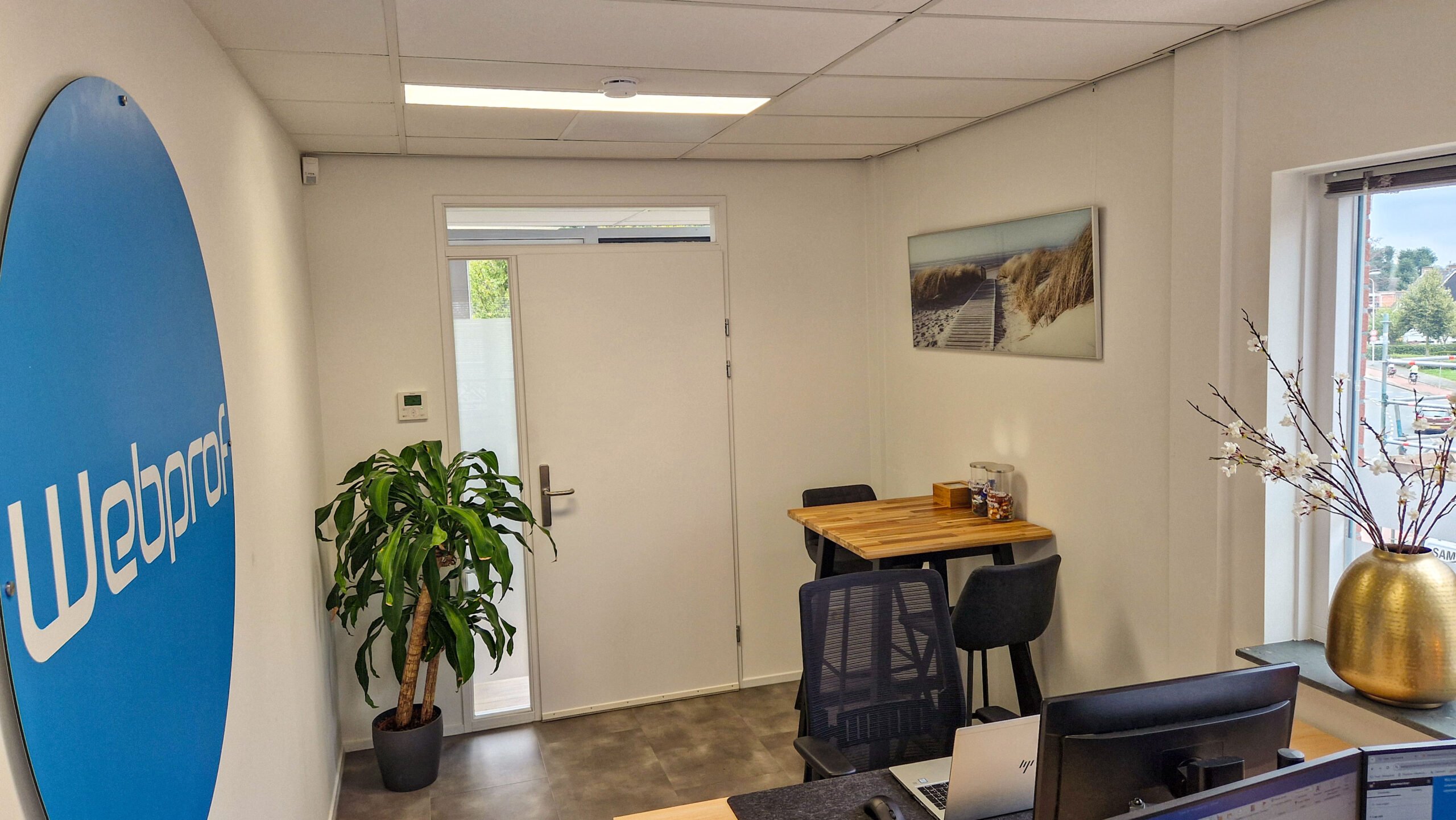Your homepage is your entry point. The first introduction to your company when people visit your company online via your business card or email. It gives an impression of your company.
The homepage of your website can be compared to the store window of a store. That window gives a picture of what you will find in the store: both in terms of atmosphere and products. In addition, it invites possible buyers to come inside. Online, another element is added: usability. A good homepage acts as the central point in the website from which visitors can easily find their way around. Therefore, the main goals of the homepage, in my opinion, are:
But how do you properly fill in these goals? Below I talk a little more about the specific elements of a good homepage.
The text on your homepage is short but powerful: every word must hit the mark! Take the visitor’s perspective: his goal is leading. So don’t tell them what you want to tell them, but offer a solution to your ideal client’s problem. In the text, you answer the visitor the following questions:
You do this using a meaningful headline that describes the essence of your business. You support that headline with a strong sub-headline if necessary. Furthermore, you give a short and concise explanation of your value proposition, your brand promise. Do this for example in three bullet points. Here you make clear why the visitor should choose you.
There you have it again, that all-important saying “A picture says more than a thousand words. People are also very visual online. Therefore, a good photo or video on your homepage helps to achieve the above goals. Provide an image that supports the content on the page. The image should evoke a certain feeling that matches your company’s identity. Beware of very busy images, they can actually distract visitors.
Good navigation is essential for a user-friendly website. If visitors cannot find their way around your website, they will be gone in no time. The most important part of website navigation is the menu. Don’t experiment too much with that. Make sure the menu works intuitively. For example, the menu is usually found in a horizontal bar at the top of the page and is often indicated by a hamburger icon. Also, make sure the menu is immediately clear. Many companies tend to create lots of menu headings because they think more options are better. The opposite is true; visitors will actually be confused by that. Use as few menu headings as possible and create headings that make it immediately clear what information the visitor can find there. To help visitors even better, consider offering a search function.
Now that your visitor has a clear picture of your company, the key is to entice them to look further on your website. A good way to achieve this is by using a triggering call-to-action. This eye-catching button calls the visitor to a certain action. Think “Discover our solutions” or “Learn more about this product. Keep in mind the stage of the buyer journey the visitor is in. Possibly create two CTAs; one for visitors in the awareness and consideration phase (“Read how this works”) and one for visitors in the decision phase (“Request a quote now”).
Besides the content of the homepage, there are some technical aspects to consider. For example, make sure your homepage is responsive so it looks good on other screens as well. Also keep in mind the fold line of the website. All important information and buttons should be above that fold line. To make sure what works and what doesn’t work on your homepage, it’s smart to test the design. Use A/B testing to test and optimize the CTA, image and text. Also, check out this infographic with the 12 elements of a good homepage.
Of course, the home page is only one part of your website. To create a modern website that generates leads, you need to optimize your other pages as well. Fortunately, you don’t have to tackle this all at once. With a Growth Driven Design approach, you work step by step toward a good modern website.
Something is done in the footer that is sometimes clever, but in this case unnecessary. Everything from the two menus is repeated, while I don’t even have to scroll to get to the bottom of the page. So those menu items are on the screen 2 times. Oh, and the sitemap is of no use to your visitor. Your main menu and internal links should guide your visitor through your website. The sitemap is of no use to your visitor.

Also based on the above, some 7 tips to successfully start your website with a good homepage:
“I’ve turned my hobby into a job. As an SEO enthusiast and Google Ads specialist, I help businesses grow through data-driven online marketing.”

We will contact you to discuss all possibilities. We are happy to help you find the right services and solutions.
Ask your question directly via WhatsApp!